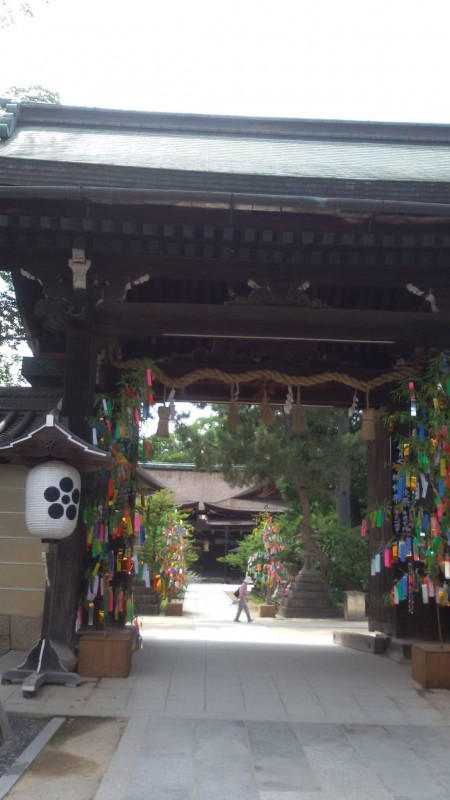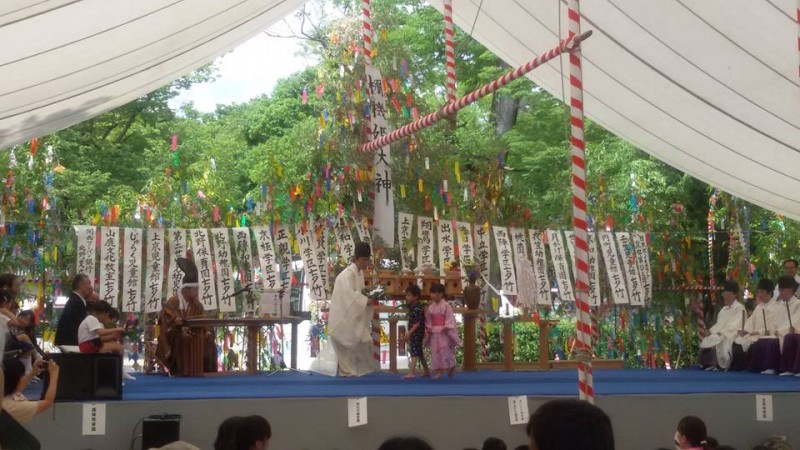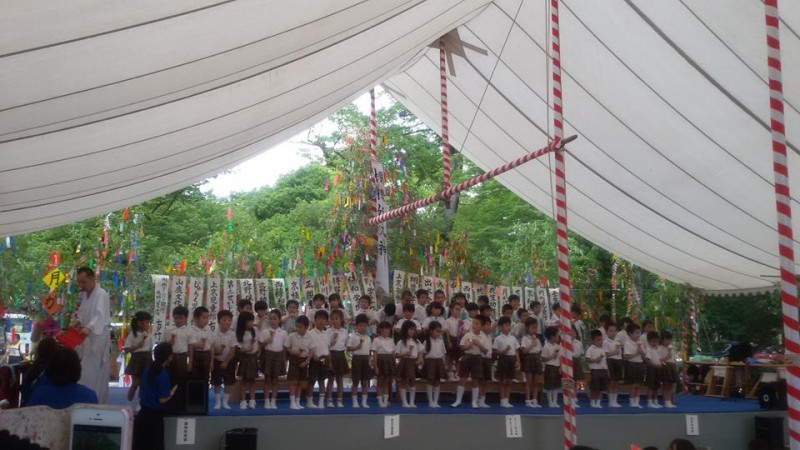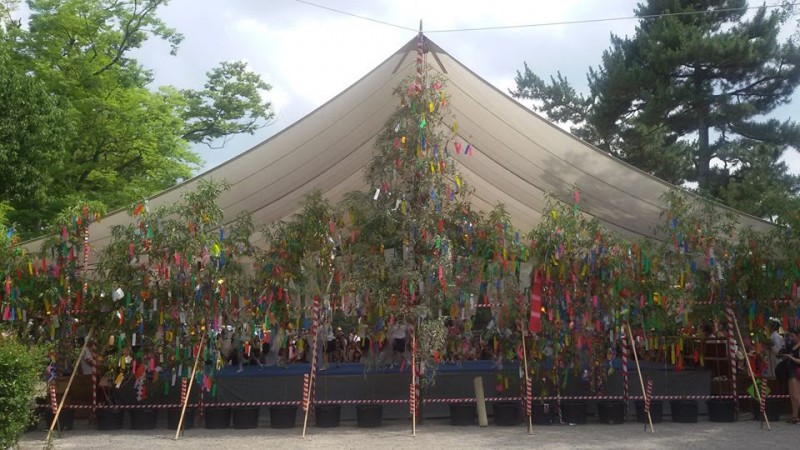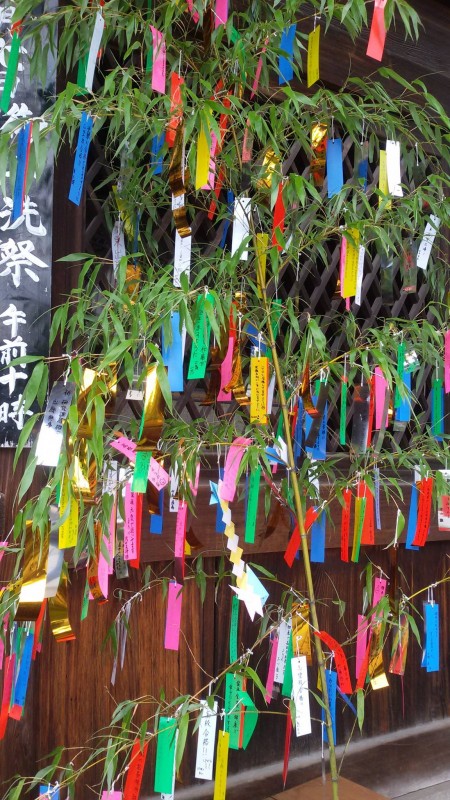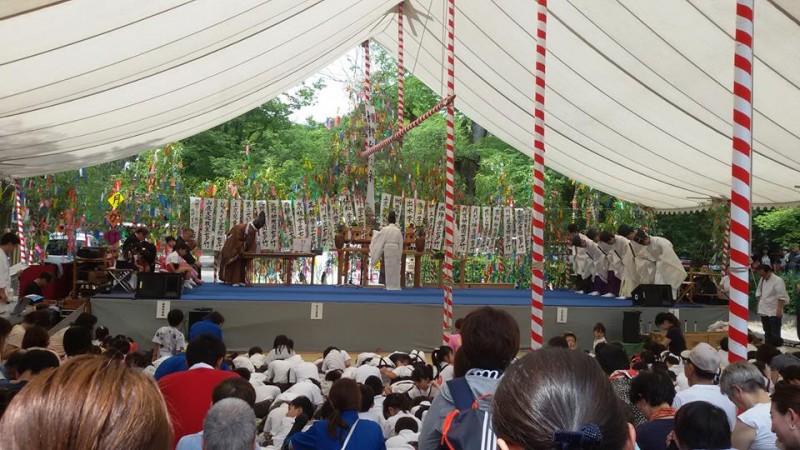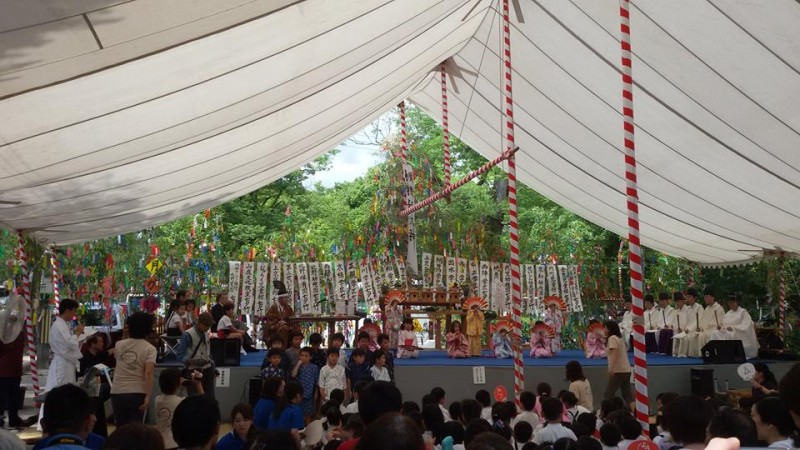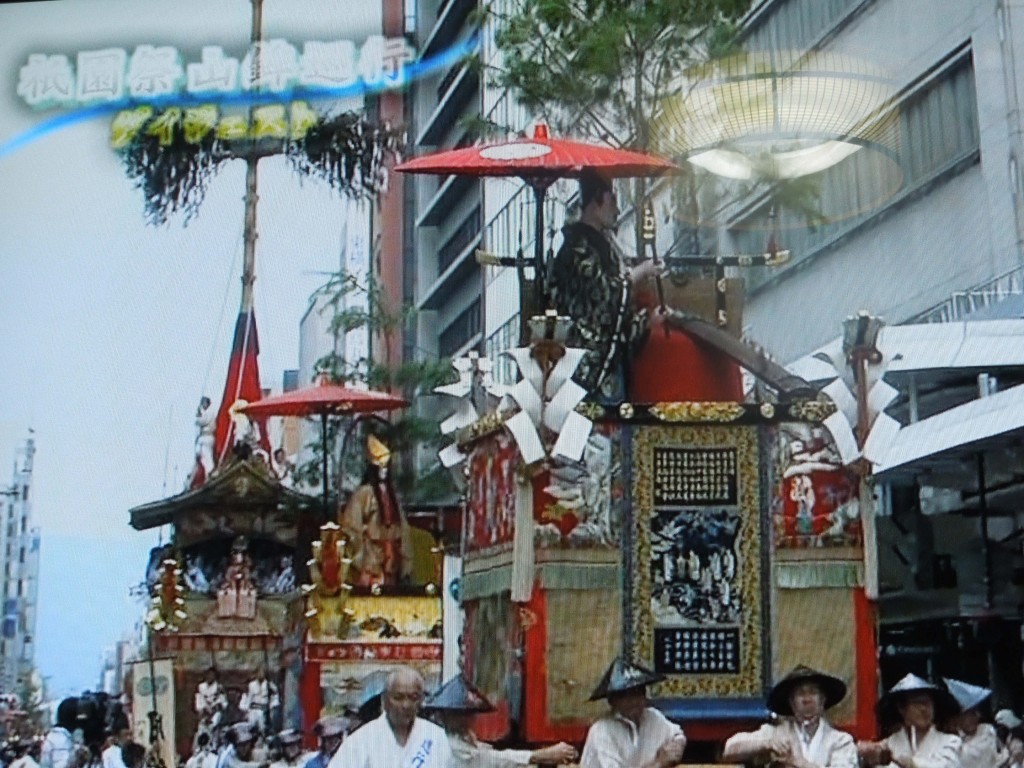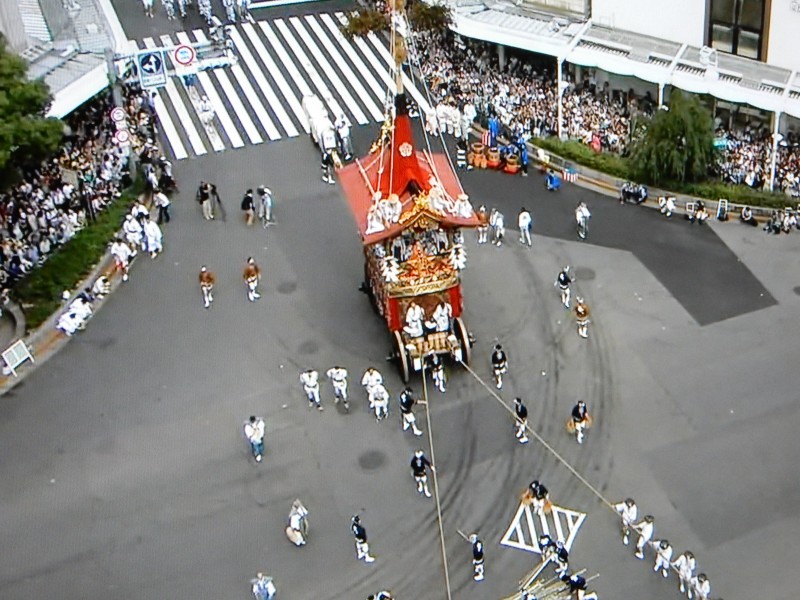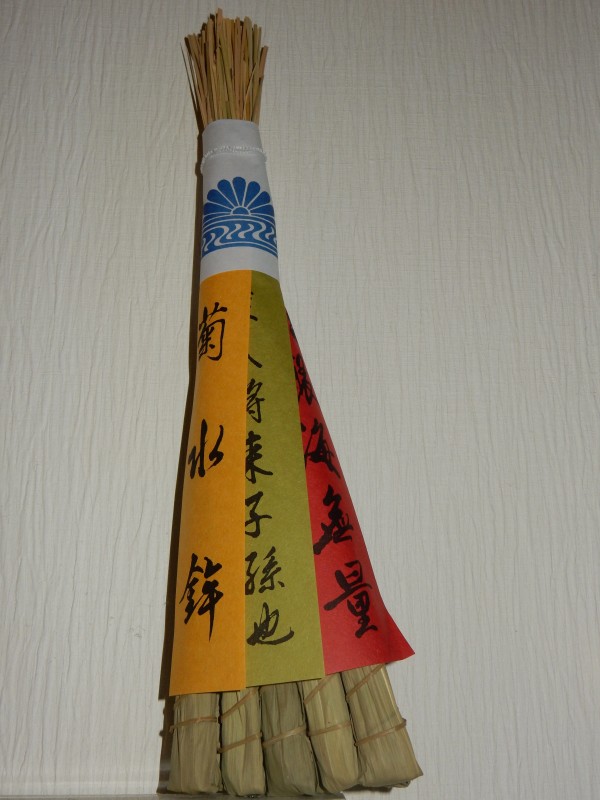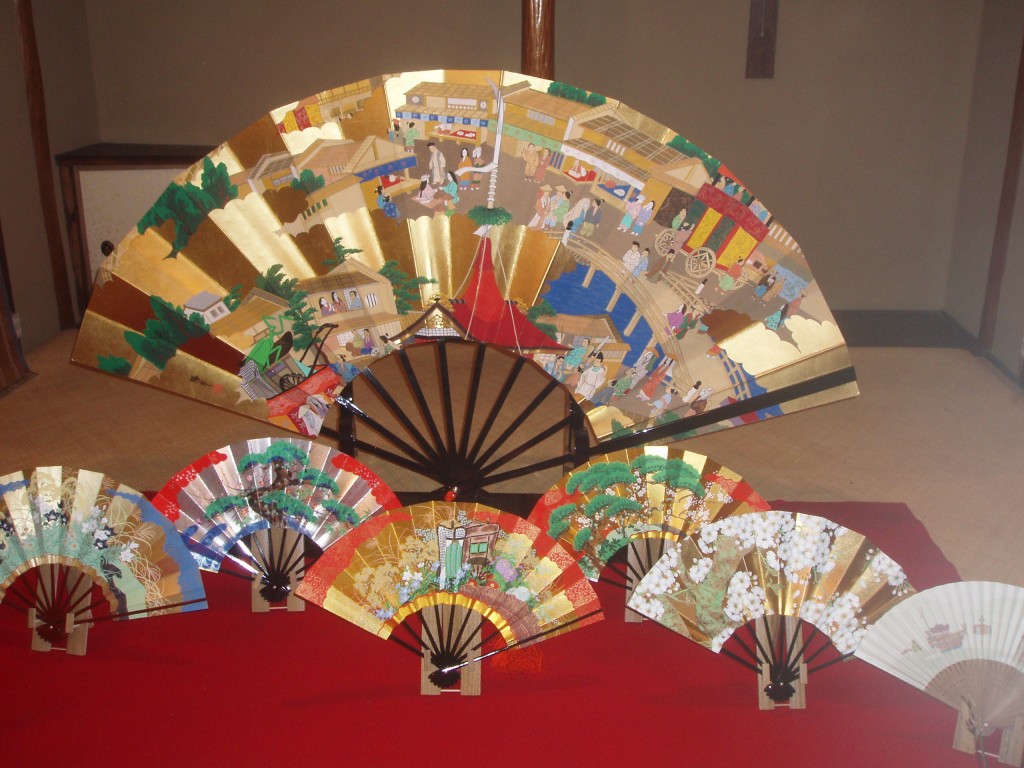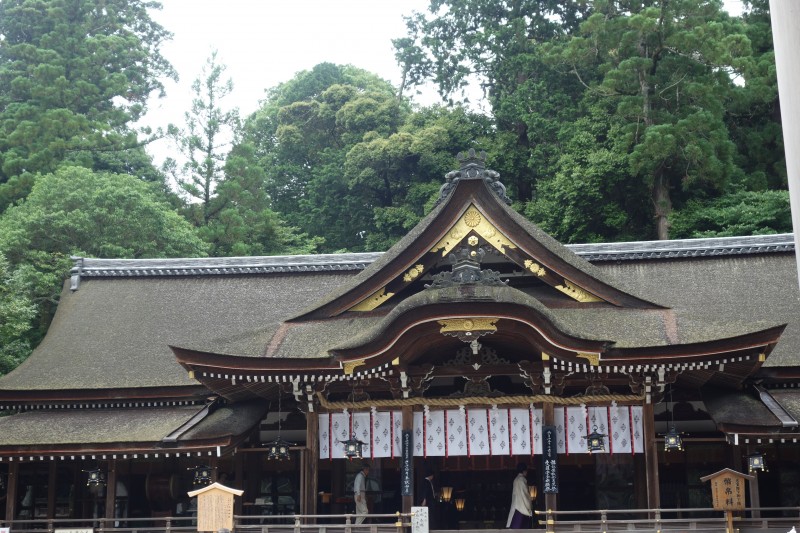
Oomiwa Shrine, said to be the oldest site of worship for the Yamato clan
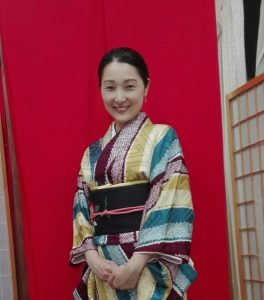 Interview with Akiko Murakami of Nara YAMATO Spiritual Tours
Interview with Akiko Murakami of Nara YAMATO Spiritual Tours
- How and when did you get the idea for your Spirit Tours?
It is a good question, simple question, but very difficult to answer simply. It is almost like my entire life has lead me, prepared me to start this Spirit tour in Yamato region in Nara prefecture, at this very time.
I grew up and have spent most of my life in Nara, the ancient capital city. Japanese history, culture, old Shinto shrines and Buddhist temples were always close to me and very alive matters. As a student, I enjoyed many cross-cultural communications, and learned to respect others with their differences. This background lead me to have an identity as a Japanese.
[For more details, see here.]
- What kind of places do you cover?
I cover many of my favorite shrines and temples in Nara and Kyoto that have historical, physical and spiritual significances. I chose less touristy places closer to nature, but still accessible by public transportation for a day trip.
For example, Oomiwa shrine in Sakurai is top ranking among all the shrines in the Yamato region and said to be the oldest shrine. This Shinto shrine and kami was worshiped before Japan was united as one nation, and it has clear signs of nature worship since ancient time. It is my tutelary god, or local “kami”, under which I was born and where I paid my first shrine visit taken by my parents.
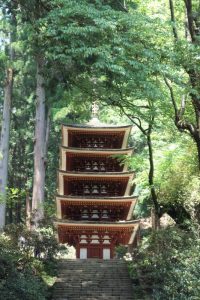
Murouji Temple, also called “Nyonin-Koya”(Mt Koya for women)
- Do you see any difference between Shinto and Buddhism as far as pilgrimage and your tours are concerned?
Yes and no. Basically, I do not really separate Shinto and Buddhism, since they were almost equally worshiped before Meiji, when they were separated for political reasons.
However, in general, Shintoism is still regarded as uniquely Japanese, on the other hand, Buddhism is commonly accepted as one of the three widely believed universal religions. Therefore, on my tours I will explain the history and reason why the co-existed in “和”, or harmony, for many centuries.
Strictly speaking, Shinto and Buddhism have a fundamental difference in the object of worship, namely Kami, or Shinto deities, and Buddhist deities. Usually, Kami don’t have material form to pray to, and in many cases you just pray in front of a Worship Hall. In Shinto, nature worship (sense of awe for nature) is the basic stance.
In any case, the names and the origins and powers of the deities are very different. But personally, I think just being alive is a miracle and blessing, so one of the main purposes of the pilgrimage is to express gratitude for what we are already given. In addition, we pray to purify our mind, awaken our consciousness and remember who we really are, asking for clear guidance in making decisions, and wish for the happiness of all living beings. These can be the reasons why we go to shrines and temples, in my opinion.
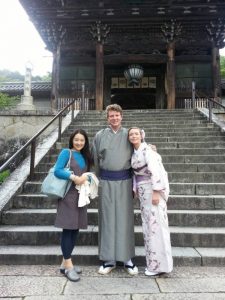
Hasedera Temple. Akiko guides an American couple on their honeymoon.
In Buddhism, I will talk about the people who dedicated themselves to spread the teachings, such as the founders of temples. On the other hand, some Shinto deities and origin of shrines can be too complex, vague or legendary to explain fully. Another difference is that Buddhist temples require entrance fees, but Shinto shrines usually don’t.
- What kind of customers have you had so far?
I have guided people who have strong respect towards spirituality and history of Japan. Regardless of where they were from, they find strong affinity with things “Japanese”. One American CEO of a nonprofit organization said that she believes she must have been a Japanese in her past life. Almost all the customers are repeat travelers to Japan and had been to many other places in the world as well.
At the very beginning, I guided to the Nara and Yamato regions one of my American friends, who was a high school science teacher. He is a second generation Japanese American who immigrated to the U.S. and showed strong interest in Bushido and Japanese moral teachings. And he insisted that such qualities are worthy of forming a new course of educational curriculum in the U.S. Until now, he came back to stay in Nara more than 4 times. Last two times, with his new partner.
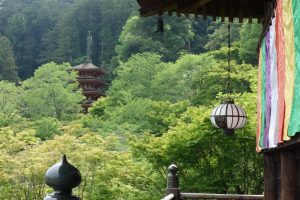
View of the 5 storey pagoda at Hasedera temple
Amongst other visitors I have guided a fourth generation Japanese Canadian lady on her first visit to Japan. I also hosted Jann Williams, an Australian professor and writer during her stay of research to write a book about Japan. She found me among many different kind of original tours advertised on a tour company Voyagin, where I advertise, “Visit deep spiritual sites in Nara with a local guide!” We went to Yoshino and Koyasan, too at different times.
In April, 2017, I had a great chance to guide a group about 25 Zen teachers and practitioners from “UPAYA Zen center” in US, lead by a TED speaker, Joan Halifax. For a half day tour in Nara, I chose Kasuga Grand Shrine, and I will also be guiding next year’s tour group from UPAYA on their visit.
- What plans do you have for the future?
Right now, all the tours are accessible by public transportation as either half day or one-day trip. In the future, I’d like to take people down to more deeper or hidden part of Yamato region by car, as I know beautiful sites only the locals know. Also, staying one night somewhere like Asuka, or hidden hot spring area will open up other opportunities.
In addition, right now, I am making good friends with staff at a kind of new eco farm and retreat center in Nara called Toyouke no Mori. It is located in a nice natural environment, and we are planning to host tours involving programs such as zen meditation, forest meditation, organic lunch, or yoga.
To make spiritual tours for Japanese tourists by adding more history and mythology content is another idea.
- What advice do you have for foreigners wanting to deepen their knowledge and practice of Shinto?
Shinto is written with two kanji, or adapted Chinese characters as “神道”. That literally means, “Kami (god)/ Divine” “Path/ way”. For me, Shinto is for everyone who is looking for a good balance both within and out.
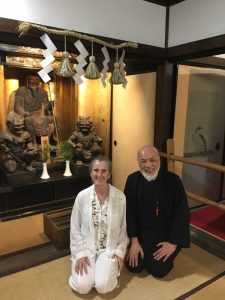
Yoshimizu Jinja in Yoshino, with Shinto Chief Priest, Mt. Sato, and Green Shinto subscriber, Jann Williams.
And the basic key is to remember and respect the divine balance, the Law of nature. In Shinto all things, humans, plants, animals, minerals, ocean, fire, time (day and night, seasons, etc.), earth, sun, stars and planets, are all children of the kami. They are all beautifully interconnected with one another, however our limited senses, prejudices and egos blind us to see this ultimate harmony. In Shinto, the main reason to visit shrines is to purify our body and mind to remember that we have part of kami inside. If we can truly respect ourselves, then we can respect others who also have kami inside, too.
Reincarnation of the spirit is, I think, a basic idea. Ancestor worship and care for future generations to come is a part of our responsibilities in Shinto. Today, we understand with high tech and advanced technologies the relationship of micro and macro cosmos. I think we have to go beyond differences and overcome conflicts with others. In my opinion, Shinto is beyond religious belief or advanced science. This is something to remember that we are all part of a big Oneness. In Buddhism they say we are just a drop of water in a stream or big river that leads into a grand ocean.
**********
To learn more about Nara Yamato Spirit Tours, click here.
Toyouke no Mori are currently renewing their HP, but to learn about the person who inspired the project, Japanese artist Mayumi Oda, see here.
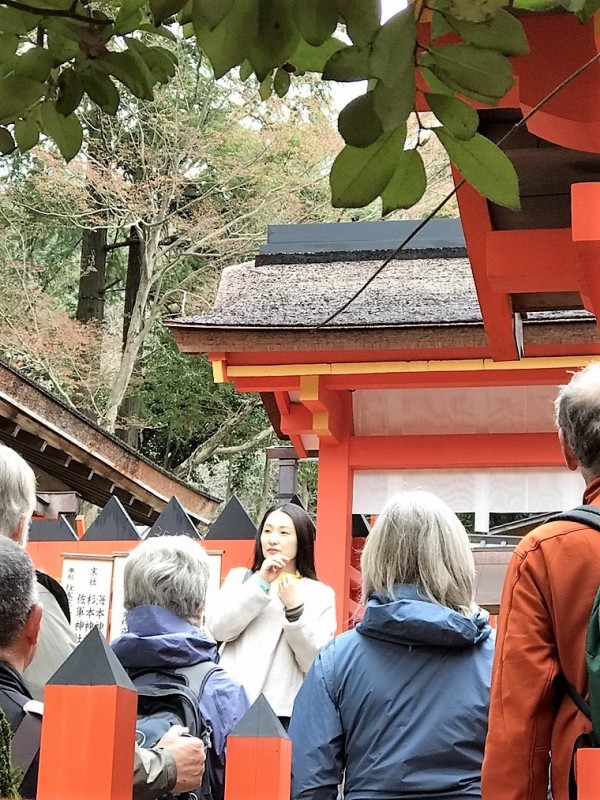
Kasuga Grand Shrine in Nara: Akiko tour guiding a group of visitors from UPAYA Zen center in the US.


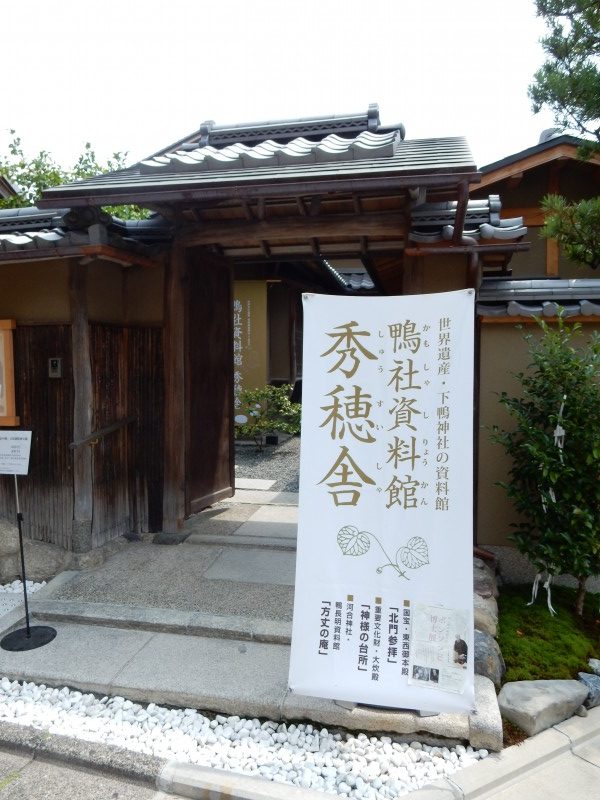
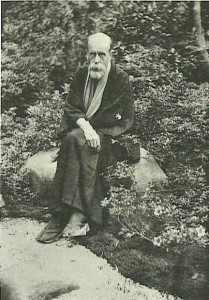
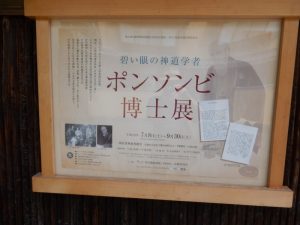
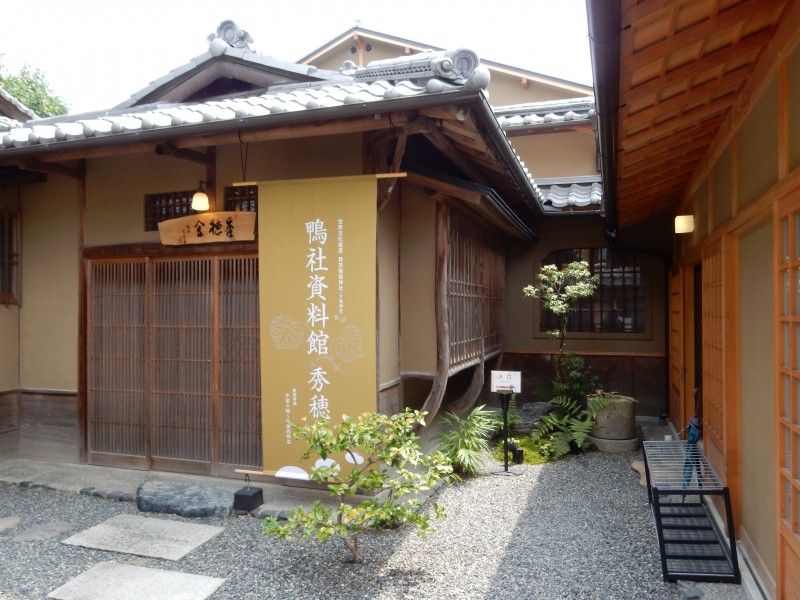

 Interview with Akiko Murakami of
Interview with Akiko Murakami of 




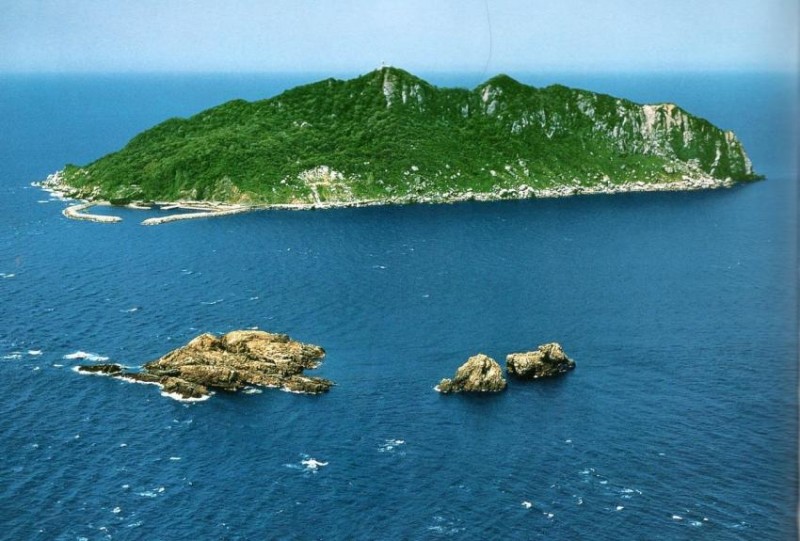
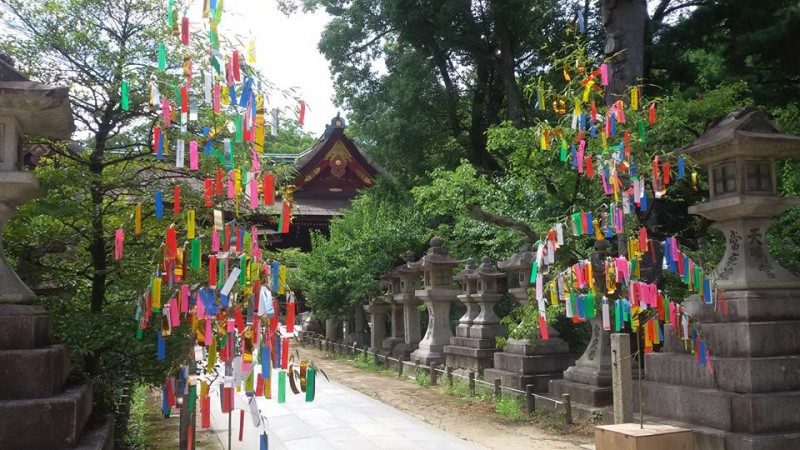 Green Shinto has carried several reports about Tanabata over the years, and an overview of previous posts can be found
Green Shinto has carried several reports about Tanabata over the years, and an overview of previous posts can be found 